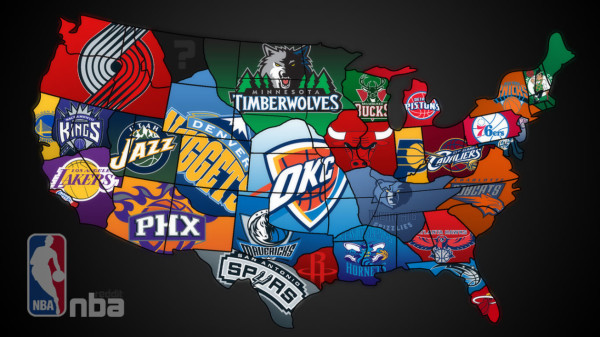Fifty-seven players are operating under rookie-scale contracts that will have their third- or fourth-year options either exercised or declined by Oct. 31.
Though the paperwork on the third-year option for NBA Rookie of the Year Karl-Anthony Towns is a mere formality, the fourth-year options of the Grizzlies’ Jordan Adams and the Celtics’ James Young, for example, are no such thing.
The next few weeks will determine if players on the bubble will be on an NBA roster next summer, or join the NBA Development League pool or perhaps venture overseas.
In the cases of Adams and Young, in addition to their options, both players find themselves in a numbers crunch to make their respective opening-day rosters.
Here’s a look at the evolution of rookie options and the decision teams face leading up to Oct. 31.
The Wild West before 1995
First-round picks who entered the NBA before 1995 worked in a free-market system.
There were no limitations on salary and years, and teams often found themselves in drawn-out negotiations that would last until training camp.
Starting with the Nets in the summer of 1995, the first contract I worked on was the three-year, $3.9 million rookie scale contract of No. 9 overall pick Ed O’Bannon.
In the previous year in the same spot in the draft, Eric Montross signed an 11-year, $22 million contract.
Though the $22 million figure stands out, it would be the only contract Montross signed in his eight-year NBA career.
The evolution of the rookie option
Since the introduction of the rookie scale in 1995, the NBA in subsequent CBA negotiations (1999 and 2005) has tweaked the rules.
In 1995 the rookie contract was three years with no team options and the salary was based on draft position.
Unlike the eight-year, $45 million contract Grant Hill signed a year earlier, the 76ers’ Jerry Stackhouse, drafted in the same spot as Hill, signed a three-year, $6.8 million contract in 1995. Stackhouse, however, entered free agency at an earlier age and signed a three-year, $39 million contract with Detroit.
The 1999 CBA introduced a fourth-year team option on rookie deals.
In 2005, the NBA introduced third- and fourth-year team options that needed to be exercised before Oct. 31.
Third-year option
Though not a career killer, all signs point to a short stay in the NBA if a team declines the third-year rookie option.
Since 2010, players such as Kendall Marshall, Royce White, Shane Larkin, James Anderson, Nolan Smith, Craig Brackins, Fab Melo, Jared Cunningham, Damion James, P.J. Hairston, JaJuan Johnson, Daniel Orton and Nemanja Nedovic have had their rookie deals end after two seasons.
Each of the 13 former first-round picks – with the exception of Hairston, who signed a camp contract with Houston – is no longer in the NBA.
via Yahoo!Sports

